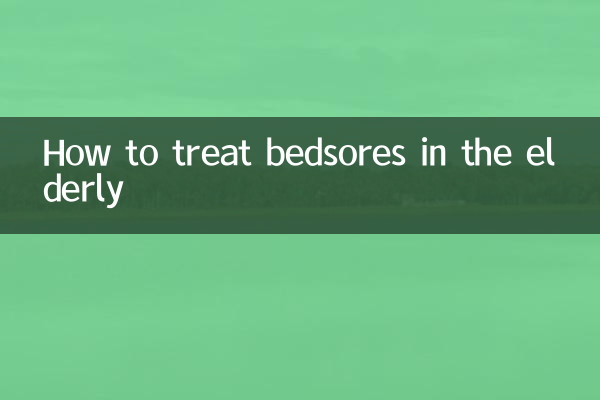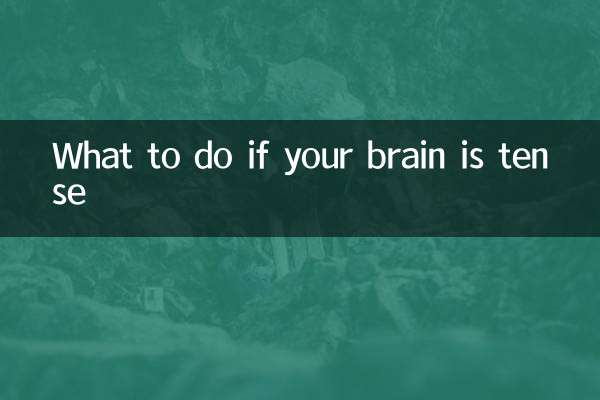How to treat bedsores in the elderly
Decubitus ulcers are a common complication of long-term bedridden elderly people. They are mainly caused by long-term pressure on local tissues and blood circulation disorders. If not treated in time, it may lead to infection or even life-threatening. The following is a compilation of hot topics and structured data on the treatment of bedsores in the elderly across the Internet in the past 10 days to help family members and caregivers respond scientifically.
1. Causes and grading of bedsores

| Grading | clinical manifestations | risk factors |
|---|---|---|
| Phase I | The skin is red and does not fade when pressed | Long-term fixed position and malnutrition |
| Phase II | Skin damage, blisters or shallow ulcers | Diabetes, poor blood circulation |
| Stage III | Full thickness skin loss, visible subcutaneous fat | Old age, incontinence, low immunity |
| Stage IV | Deep into muscles or bones | Improper care and combined infections |
2. Top 5 popular care methods
| method | Operational points | Applicable stage |
|---|---|---|
| Stress reduction care | Turn over every 2 hours and use an air bed/foam mattress | full stage prevention |
| Wound debridement | Rinse with normal saline to remove necrotic tissue (professional guidance is required) | Stage II-IV |
| Dressing options | Hydrocolloid dressing (early stage), alginate dressing (more exudation) | Stage II-III |
| nutritional support | Daily protein ≥1.5g/kg body weight, supplement with vitamin C/Zinc | All stages |
| Traditional Chinese Medicine | Coptis chinensis oil gauze strips for external application (need to follow doctor’s advice) | Stage I-II |
3. Recent hot discussions
1.Intelligent nursing equipment application: The "Pressure Sensing Alarm Cushion" shared by a tertiary hospital can monitor pressured areas in real time and was forwarded more than 20,000 times in 10 days.
2.Home care myths: The hot search #Alcohol wipes bedsores but worsens them# triggered heated discussions. Experts emphasized the prohibition of irritating disinfectants (such as iodine and hydrogen peroxide).
3.Comparison of new dressings: The clinical effect comparison of silver ion-containing dressings vs. honey dressings has become the focus of the nursing community. Data shows that the infection control rate of the former increases by 37%.
4. Emergency steps
| symptom | Countermeasures | Taboo |
|---|---|---|
| localized fever | Cold compress (not in direct contact with skin) | friction wound |
| Increased exudate | Sterile gauze suction + timely medical treatment | Use powder |
| foul-smelling discharge | Seek medical attention immediately, indicating anaerobic infection | self-medication |
5. Prevent key data
| project | Standard value | Monitoring frequency |
|---|---|---|
| Skin examination | No persistent redness at the bony prominence | every 4 hours |
| ambient humidity | 40%-60% | daily |
| serum albumin | >35g/L | Weekly (high-risk individuals) |
6. Special reminder from experts
1. When bedsores of stage III or above occur, debridement must be performed under the guidance of a doctor. Blind operation may lead to sepsis.
2. Recent research has found that moderate massage of the surrounding skin (non-wound surface) can promote blood circulation, but it is necessary to avoid damaged areas.
3. The latest guidelines from the National Health Commission recommend that people who are bedridden for a long time should establish a "skin care file" to record changes in pressure areas.
From the above structured data and hotspot sorting, it can be seen that bedsore care requires the comprehensive use of posture management, wound treatment, nutritional support and other means. It is recommended that family members master basic nursing skills and seek professional medical support in a timely manner to effectively improve the quality of life of the elderly.

check the details

check the details